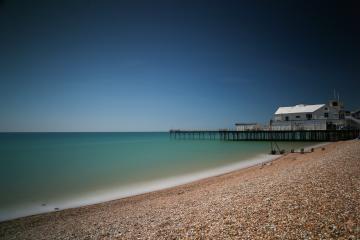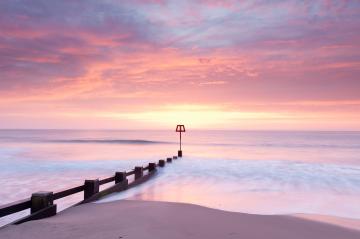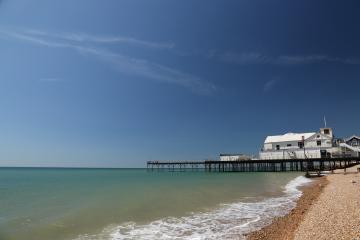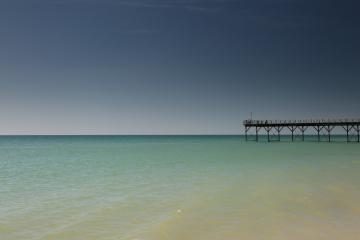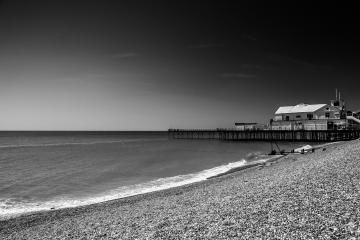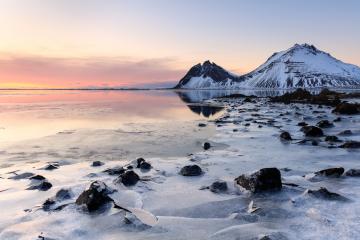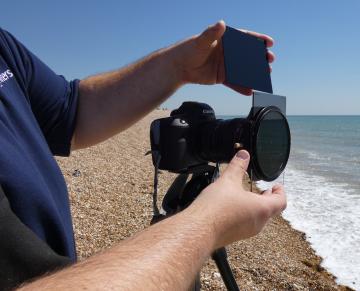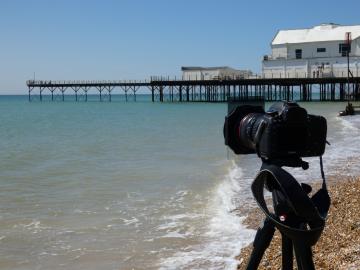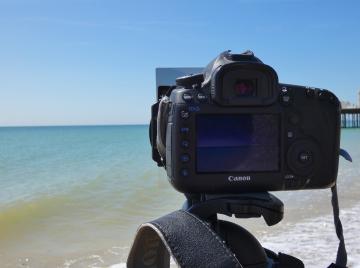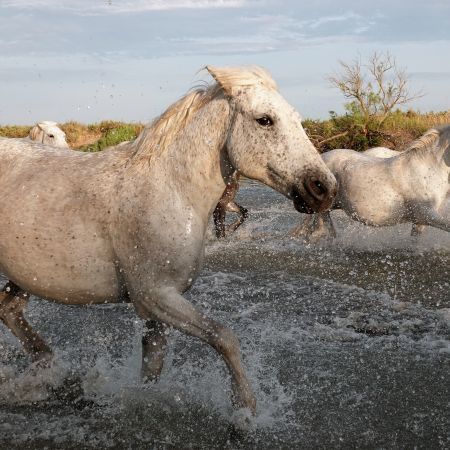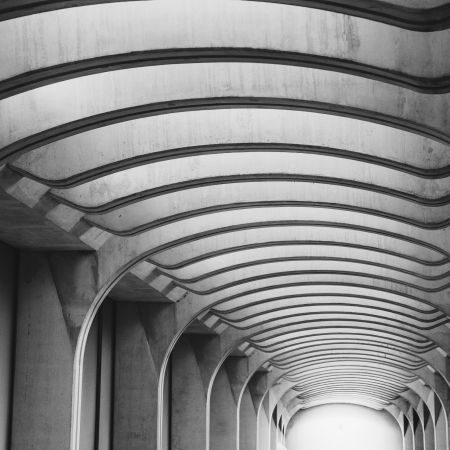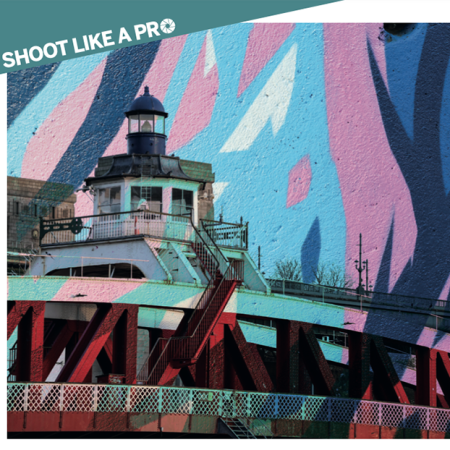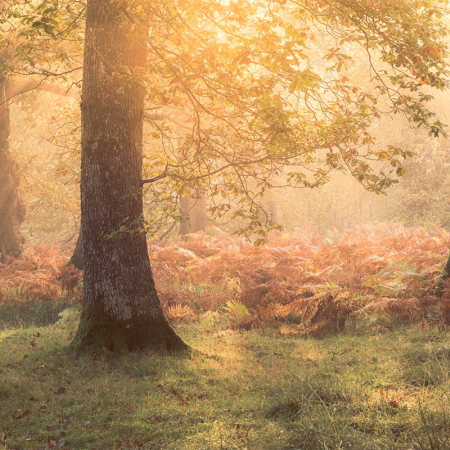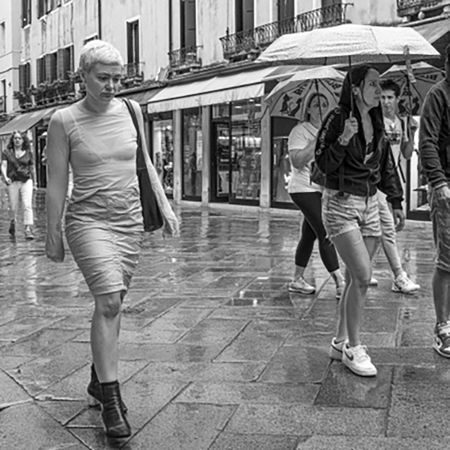Light & Land
6 ways filters can improve your landscape photography
13th May 2019
From moody skies to long exposures, good filters can bring an extra level of creativity to your landscape photography. Graeme Green joins Jon Cuff from LEE Filters on the beach at Bognor Regis to talk about the ways filters can benefit your pictures…
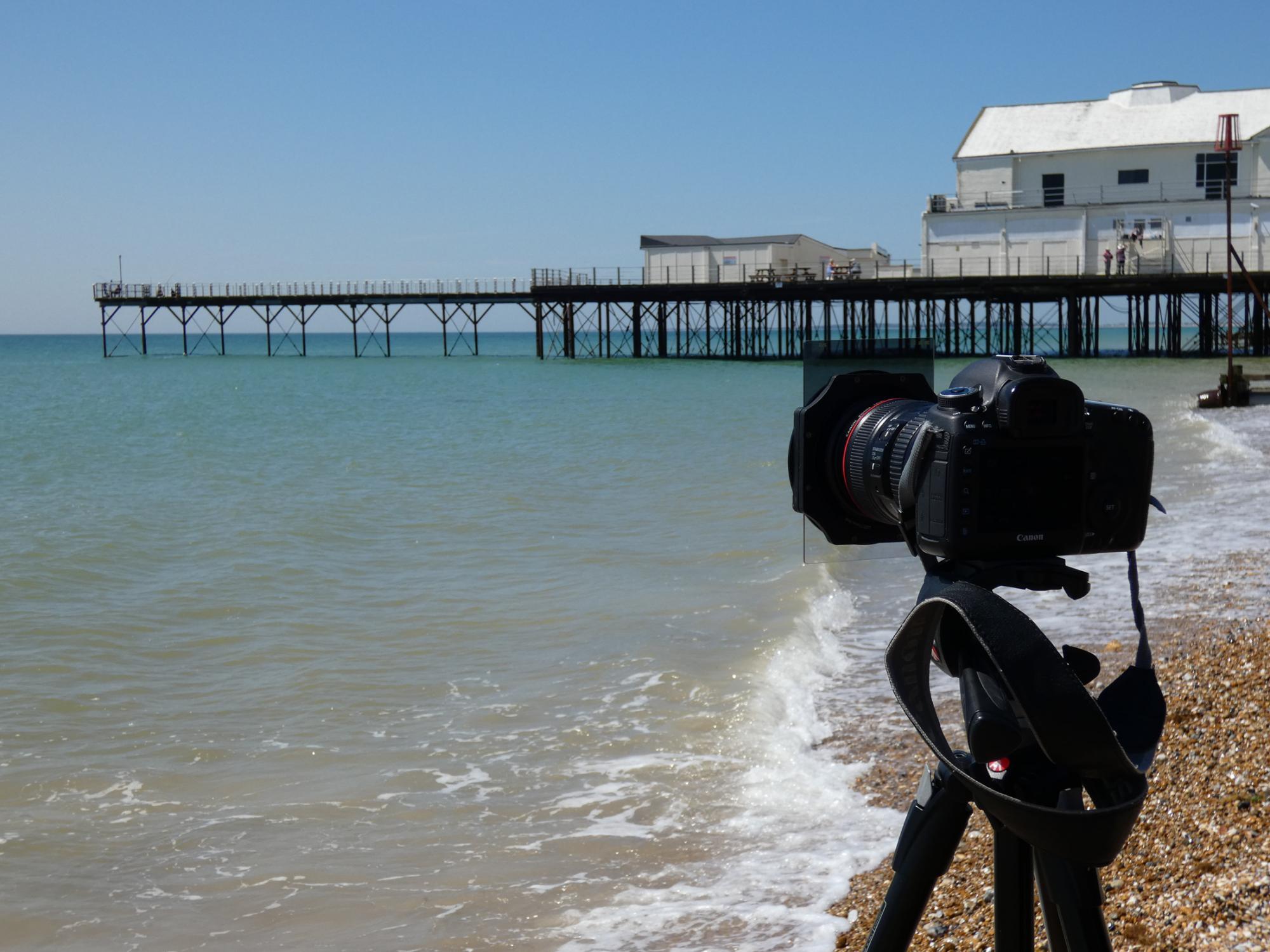
“Filters can help you to get the best out of your camera,” Jon Cuff tells me, standing in the pebbles on the beach at Bognor Regis. “They open up a world of creativity.”
From ND Grads to Big Stoppers, a set of filters is an incredibly useful piece of kit, allowing landscape photographers to counter blown out skies, to give moody effects to skies, to work with creative long exposures, and much more. Charlie Waite carries a set with him whenever he’s working. Antony Spencer also credits filters with opening up his creativity. “When I’d just started out in landscape photography, I bought some LEE Filters,” Spencer told me recently. “Everything changed with the purchase of those filters, because I could make changes and make photos in the way I wanted them in-camera.”
Filters can be used not just for landscape photography but also for architecture and urban photography, as well as video. The type of filters you’ll need vary depending on the camera you own and, in particular, the size of the sensor in your camera. It’s worth checking all that out online before buying, either via the LEE Filters website, or with your local camera gear dealer.
Photos produced using filters can still be edited with computer software afterwards. But a lot of what people often do in post-production can be done in-camera, using filters. “There’s a misconception that post-production can fix everything,” suggest Cuff, “but that isn’t always possible, if, for example, the skies are completely blown out.
“Filters can also keep a natural feel to photos,” he continues. “Photographers can leave the scene with an image close to what they want. If you travel to a location for 5am and wait for the sunrise to come up, you want to come away with something close to what you want, rather than just click, click, click and then fix everything later on your computer at home. Lots of photographers now are able to play with their images more when they’re shooting and be more experimental. A lot of people want to do it this way, spending time outside in the landscape, working in a tangible way, rather than just using software and spending time at their computer later. ”
1: Long Exposures
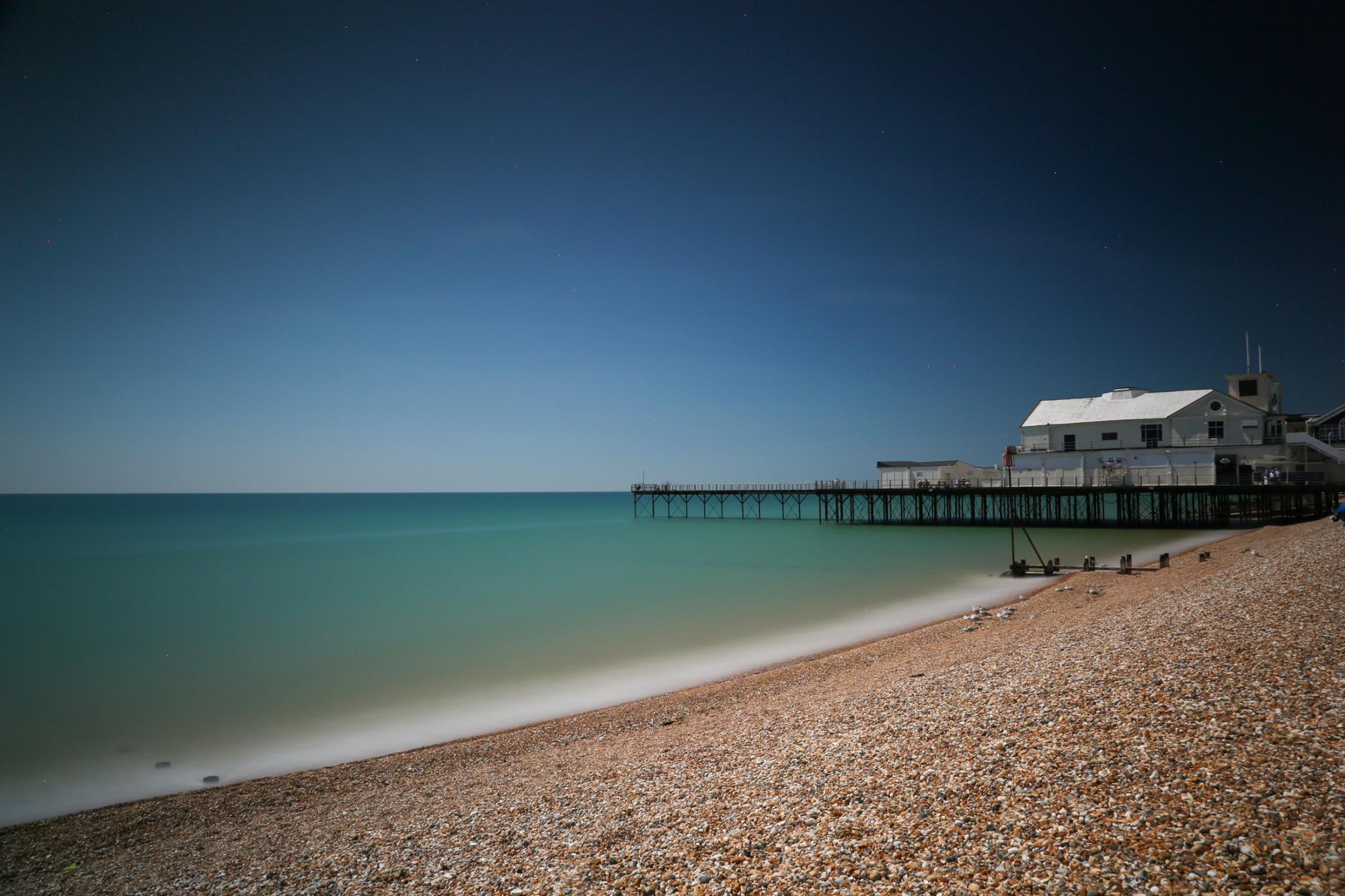
Using a filter reduces the amount of light entering the camera, allowing for long exposures. Those long exposures can be used to produce creative effects, whether milky white seas and running rivers, or a wild blur of movement in the clouds in the sky. They can also be used in cities, to create motion blurring or ghostly effects on crowds of people of traffic. “One of best known filters in long exposure is the Big Stopper,” explains Cuff. “The Big Stopper effectively is approximately 10 F-stops, reducing the level of light coming into the camera. Using a Big Stopper or even a Super Stopper (which is the equivalent of approximately 15 F-stops), you can work with long exposures that last several minutes.”
As we found while working in Bognor’s powerful sunshine, light can bleed into the camera through the viewfinder and lens during long exposures and can hit the filters, so it’s worth covering the camera with your hands or with a hat while taking the picture. Using a remote or cable release avoids camera shake, too.
Figuring out your camera settings to match the filter is simple, too. You just need to set up the shot and settings to achieve a correctly exposed image and then select the filter from the LEE Stopper App that you want for a photo, then add the filter type into the App and it will bring up the settings you need to use. From there, you can experiment to produce the shot you want.
2: Avoid blown out skies
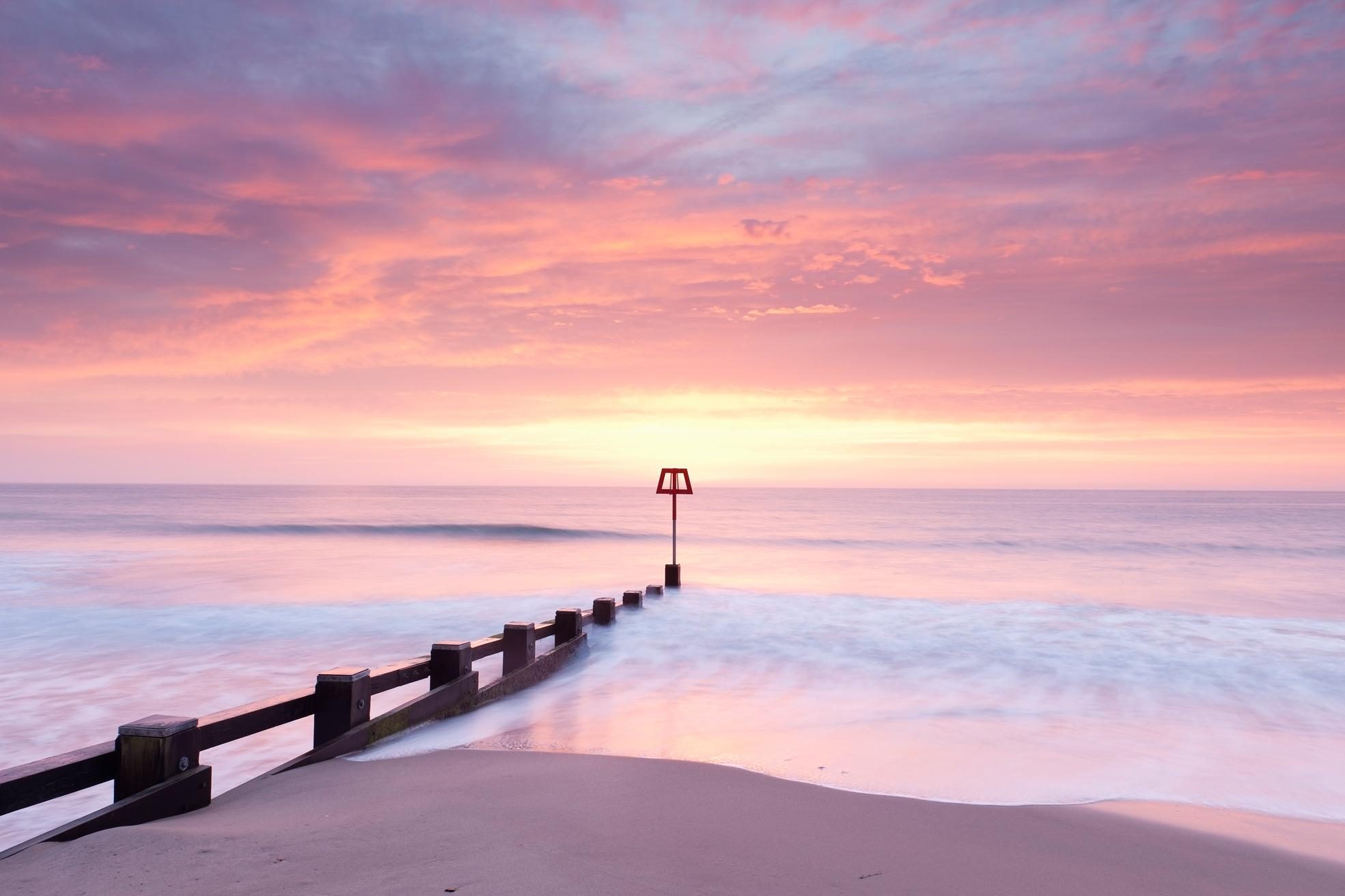
It’s always annoying to take what might’ve been a great landscape photo, only to see that the highlights have been blown out, a horrible whiteout effect where the sky and clouds should be. “ND Grads, or Neutral Density Grads (graduated filters), are essential for avoiding blown out skies,” says Cuff. “The most popular is a 0.6 (2 stop) and a 0.9 (3 stop). To be considered ‘neutral’, the filter reduces the wavelength of visible light equally to reduce the exposure, but without giving you a colour cast.”
As well as blown out skies, the other issue with high contrast scenes is that your camera can expose for a sky but leave the foreground under-exposed. Sunsets, for example, make it likely that the scene will be a dark silhouette once you’ve got the sky how you want it, when not using a filter, or, if the foreground was ok, the skies could be overexposed. .
ND Grad filters can be placed in the holder in front of the lens to counter those unwanted effects and create a better balance. “It’s all about the transition point,” Cuff explains. “Usually you put the Grad on the horizon, or anywhere in the image where there’s a noticeable transition. With a Grad filter, it’s all about careful positioning.”
3: Greater definition and polarization
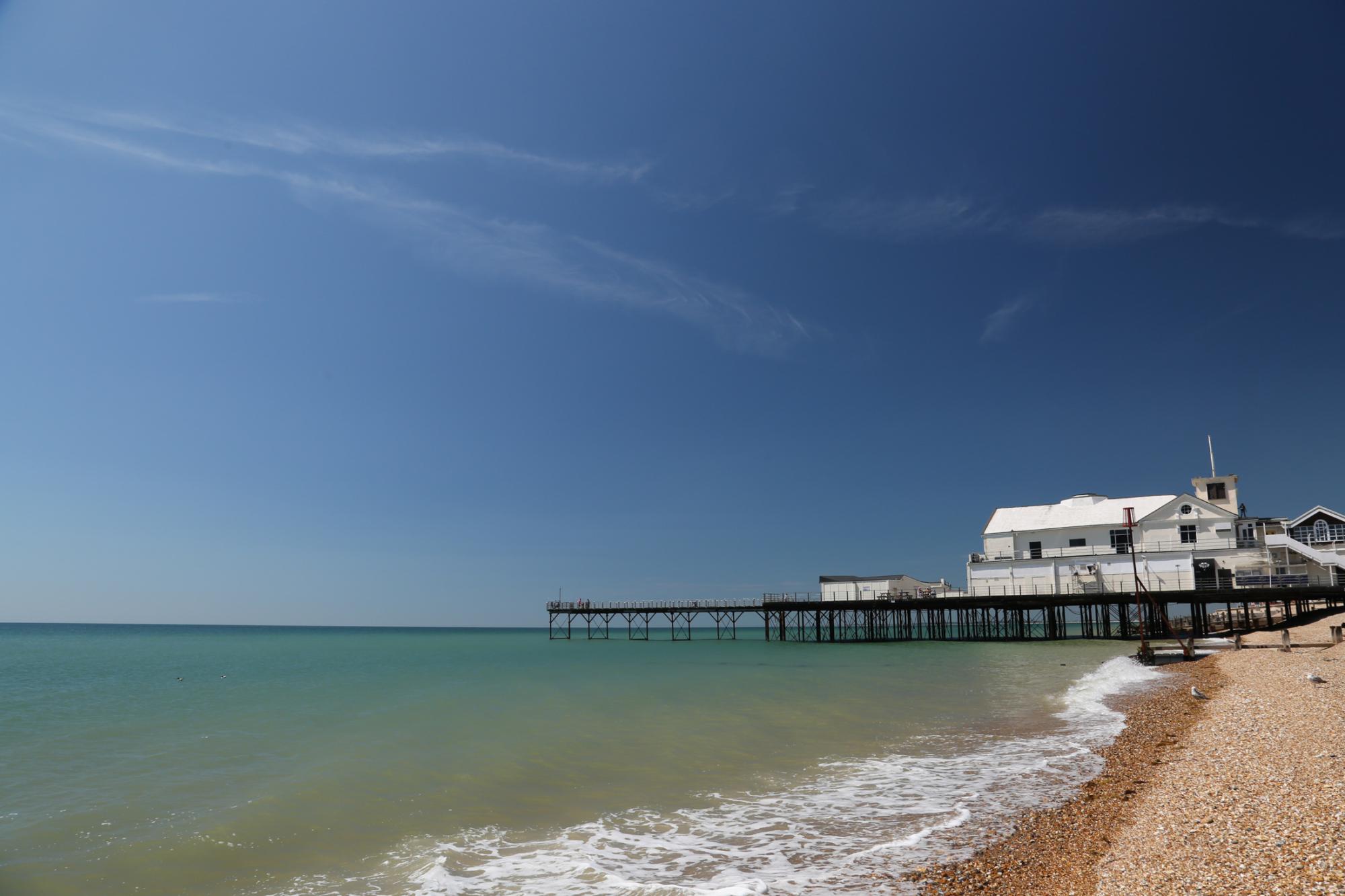
Filters can be used to give more definition and polarization within an image. “The polarizer filter is an effect you can’t easily get in post-production,” says Cuff.
The most obvious use for polarization is for the removal of reflections and reducing shine on wet rocks, sculptures or other wet objects, or glaring sunlight on water.
It’s also used for clouds, giving them a bit more definition against a blue sky. This can help emphasize their shape, rather than having wispy or not-really-there clouds in your photos.
A polarizer is also useful at reducing sunny haze and can help to intensify the greens in foliage, such as trees.
4: Moody effects
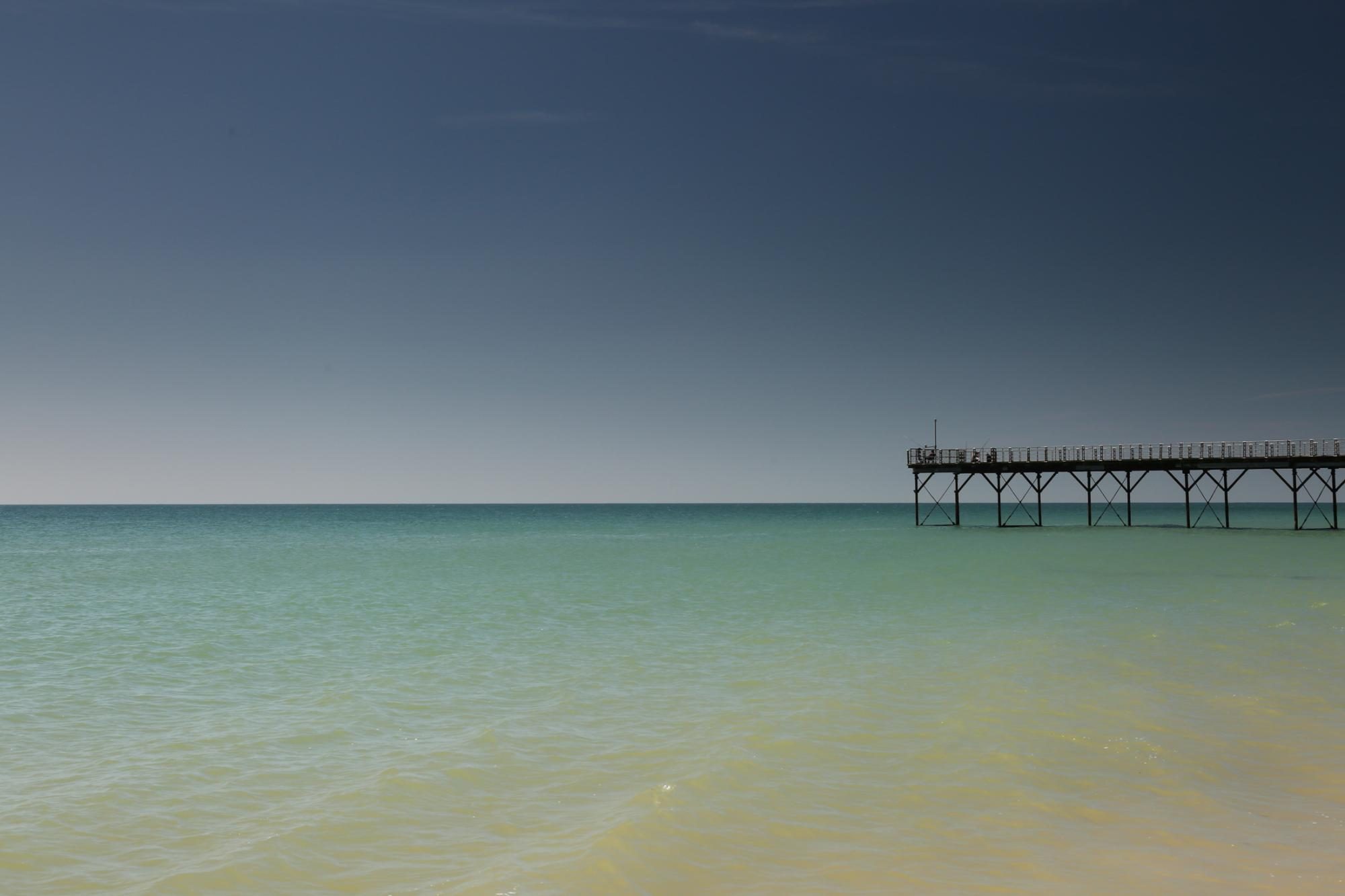
Landscape photography can be a waiting game. I prefer to take photos that represent the scene much the same as I saw it, including weather conditions. But sometimes that takes time and patience, and not every photographer wants to wait or has the time to revisit a scene when it has the desired weather conditions. “People can use filters to play around and get playful moody effects, even if the conditions aren’t perfect for what they want,” says Cuff.
Using filters, such as ND Grads, means you can effectively change the look of a scene. For example, even on a sunny day in Bognor, using a ND Grad allowed a moody effect to be added to the skies.
It’s also possible to layer several different filter on the camera at once. In Bognor, for example, we experimented with simultaneous use of a Polarizer, a Stopper and a ND Grad, all layered together. “With the ‘moody skies’ effect, if you have cloud cover, you can use a long exposure filter to give a sense of movement and drama. In black and white, you can also use a Grad to overdarken the sky. Taking a long exposure with a filter, like a Stopper, cane give a sense of movement in the sky or water. You can get some interesting scenes.”
5: Make B&W photos pop
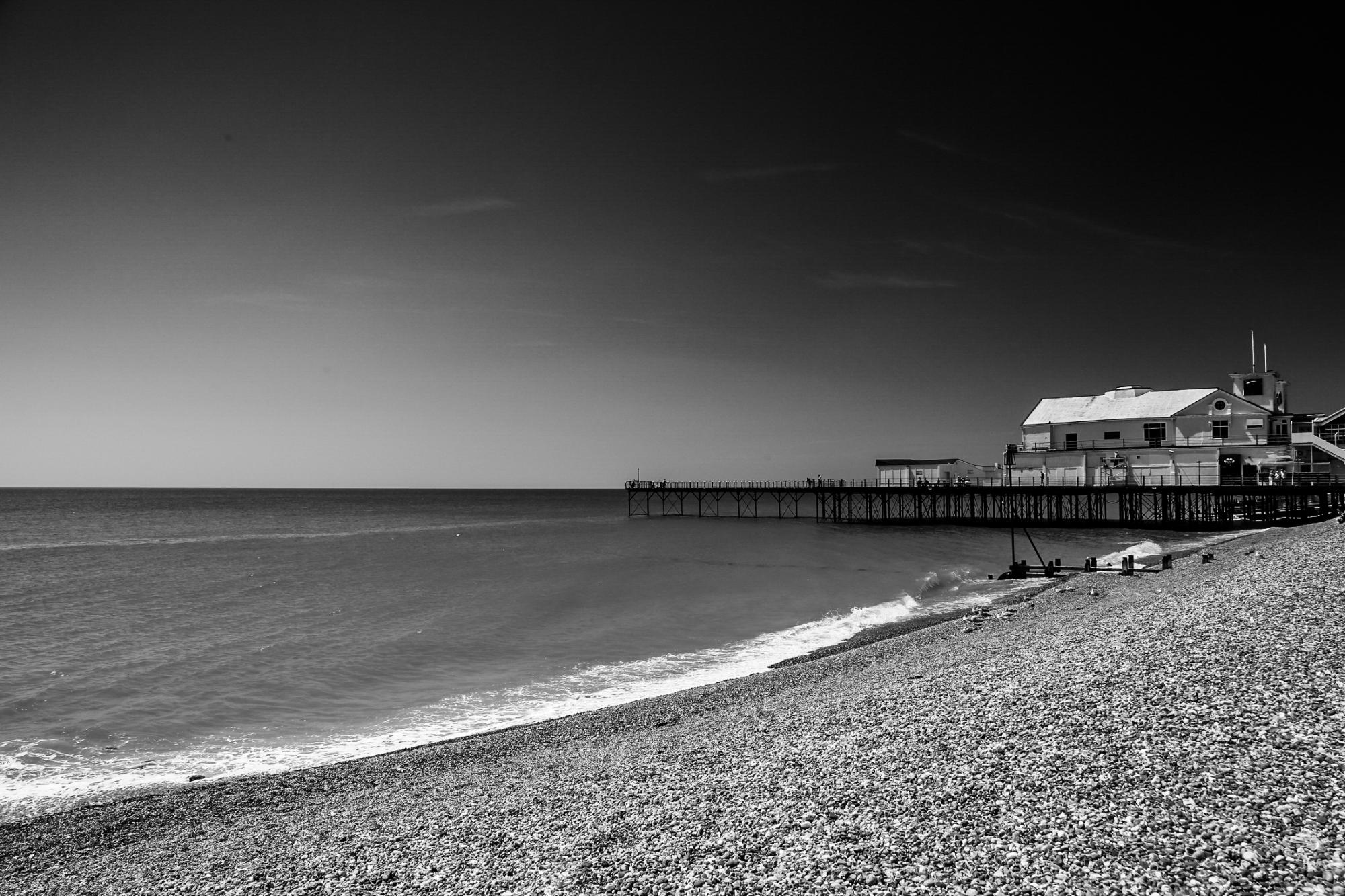
There are specific coloured filters available for use in black and white photography. But filters used in colour photography can be used in the same way for black and white images: polarization, moody skies, long exposures…
“The use of the filters would be exactly the same whether you’re shooting in black and white or colour,” Cuff explains. “It can give a bit more definition to clouds. You can intensify the clouds’ density by using an ND Grad. You can affect the sky with a Polarizer to give a bit more definition. Long exposure images are very good. If people shoot in black and white, they often go for photos with a sense of calm and serenity, or they go for drama. Fine art landscapes suit filters very well. It gives you a lot of flexibility and adds creative tools to your photography.”
6: Winter conditions
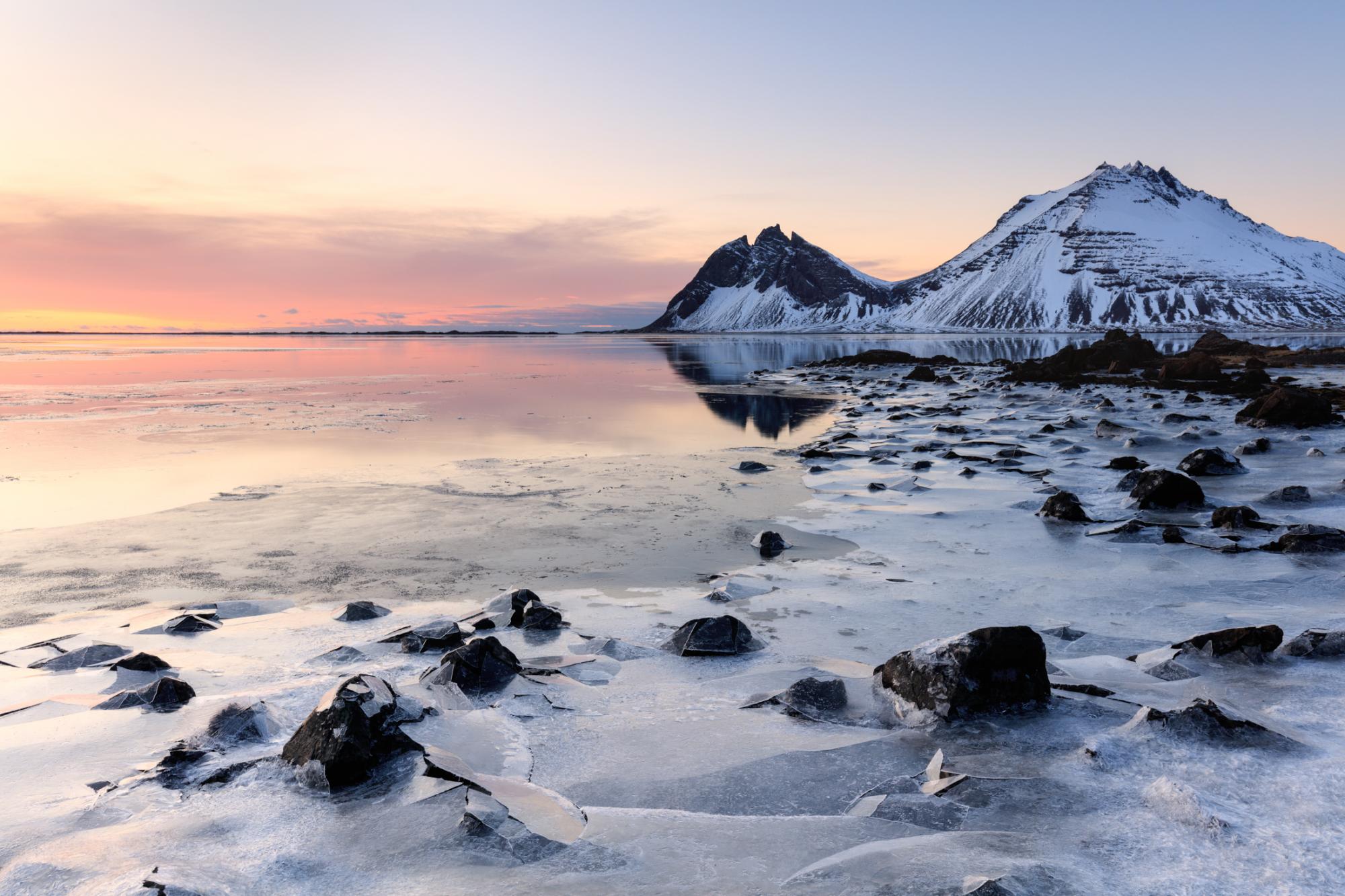
Working in winter conditions can be difficult, with bright white scenes of snow and ice, and lots of light bouncing off surfaces. You also need to be careful with your metering, especially if a foreground is covered in snow.
Filters can be handy in these situations, too. “In the winter, a polarizer will really help to give you good definition in snowy conditions, such as blue sky vs snow. A Circular Polarizer will help by taking out glare and reflections.”
The brightness of surfaces and foregrounds might be hard to balance against dark skies, or the skies might also be too bright. As with sunny scenes, a Stopper could be used to reduce the amount of light entering the camera, and a Grad can be used to balance contrasts between sky and foreground, or to produce creative effects.
-
For more tours in England, Scotland and global locations, such as Vietnam, Scotland, Kenya, Norway and Italy, see www.lightandland.co.uk/photography-tours.
LEE Filters’ ‘Deluxe Kit’ is a good kit for landscape photographers, containing a Holder, Polarizer, Big Stopper and 3 ND Grad Filters, with room in the holder to add more filters later. The Deluxe Kit costs around £636. See www.leefilters.com for more info, or buy from your local camera shop.
-
Photos in descending order:
Preview image: Filters being loaded onto camera. By Andrea Moreno.
Camera with filters in front of Bognor Regis pier. By Andrea Moreno.
Bognor Regis pier shot with multiple filters, including a Big Stopper for a long exposure effect on waves. By Graeme Green.
Sunset scene using 0.6ND Grad Hard. By Jeremy Walker.
Bognor Regis pier shot with a Polarizer to give definition to clouds and colour to ocean. By Graeme Green.
Moody sky effect on sunny day in Bognor Regis. By Graeme Green.
B&W photo of Bognor Regis pier using multiple filters, including Polarizer and NG Grad. By Graeme Green.
Winter scene shot with 0.6 ND Medium Grad. By Mark Bauer.

